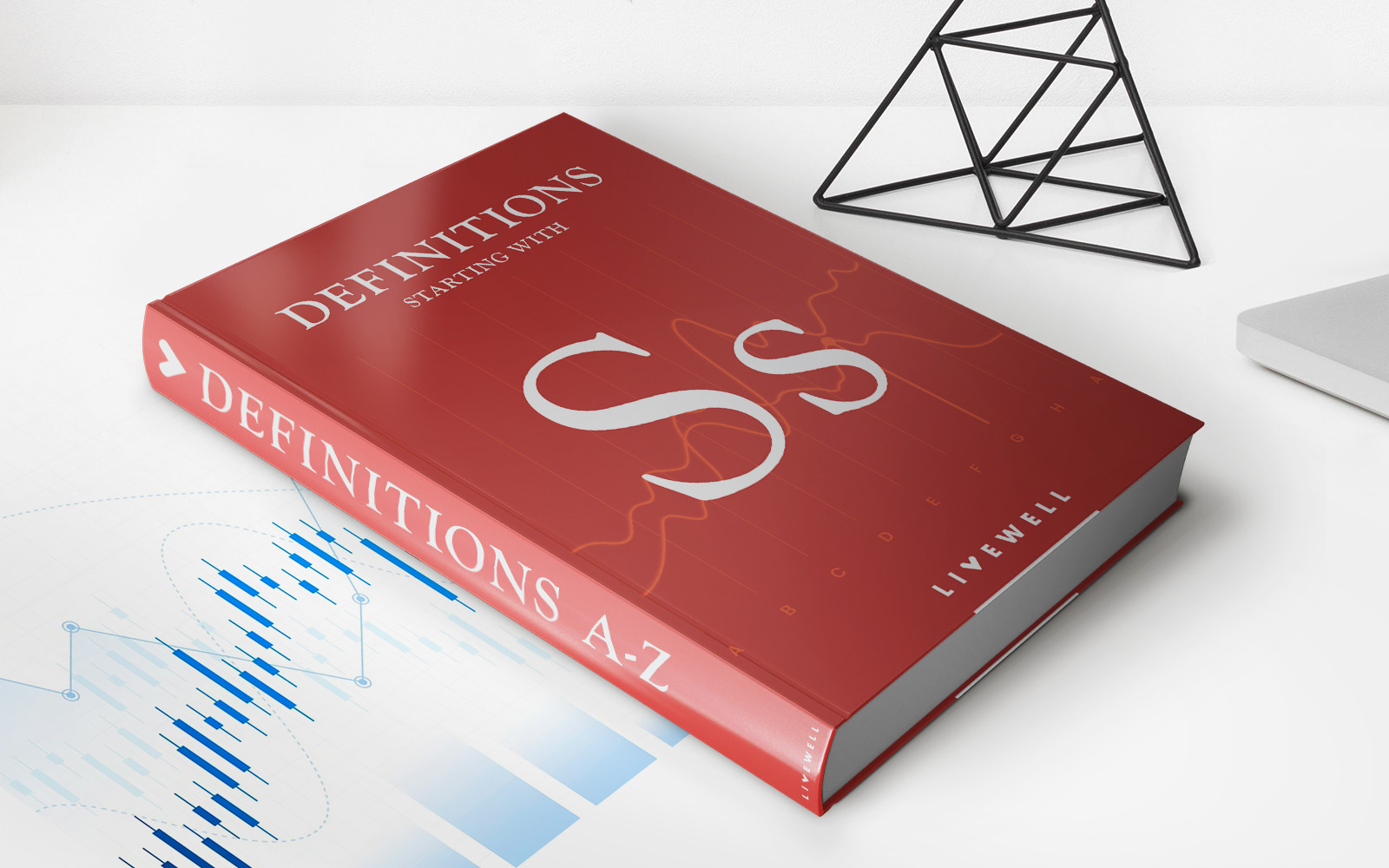

Finance
Overnight Index Swap Definition & Calculation
Modified: February 21, 2024
Looking for a clear definition and detailed calculation of Overnight Index Swap? Learn everything you need to know about this financial instrument in the world of finance.
(Many of the links in this article redirect to a specific reviewed product. Your purchase of these products through affiliate links helps to generate commission for LiveWell, at no extra cost. Learn more)
Understanding Overnight Index Swaps: Definition & Calculation
Finance encompasses a wide range of topics and subcategories, including investing, budgeting, and trading. One type of financial instrument that plays an important role in the global markets is overnight index swaps (OIS). In this blog post, we will delve into the definition and calculation of OIS, shedding light on its significance in the financial world.
Key Takeaways:
- Overnight index swaps (OIS) are derivative contracts that allow parties to exchange fixed and variable interest rates based on an overnight interest rate index.
- OIS provide investors and institutions with a tool to manage interest rate risk and hedge against fluctuations in short-term rates.
So, what exactly is an overnight index swap? Essentially, an OIS is a financial agreement between two parties where they exchange cash flows based on the difference between a fixed interest rate and a variable overnight interest rate index, such as the Overnight Index Average (OIA) or the Secured Overnight Financing Rate (SOFR).
OIS contracts have a maturity of typically one day and are settled on a daily basis. The fixed rate is agreed upon at the inception of the swap, while the variable rate, such as the OIA or SOFR, is observed and set on a daily basis. At the end of each day, the two parties exchange cash flows based on the difference between the fixed rate and the observed variable rate.
Calculating an Overnight Index Swap
The calculation of an overnight index swap involves the following steps:
- Determine the notional amount: This refers to the principal value that the cash flows are based on.
- Agree on the fixed rate: The fixed rate is the interest rate that will be exchanged between the parties for the duration of the swap.
- Choose the overnight interest rate index: This is the benchmark rate that will be used to determine the variable leg of the swap.
- Calculate the daily cash flows: On a daily basis, the parties will calculate the difference between the fixed rate and the observed variable rate based on the selected overnight interest rate index. This difference is multiplied by the notional amount to determine the cash flow.
- Net the cash flows: At the end of each day, the two parties will compare their calculated cash flows and net the difference.
- Settle the net cash flow: The net cash flow is settled between the parties, usually through a clearinghouse or a central counterparty.
OIS provide various benefits for market participants. They can be used to manage interest rate risk, hedge against fluctuations in short-term rates, and speculate on changes in interest rates. Additionally, OIS play a crucial role in determining the pricing of other financial products that rely on short-term rates, such as interest rate swaps and forward rate agreements.
In conclusion, overnight index swaps are an important tool in the financial industry, allowing investors and institutions to effectively manage interest rate risk. By understanding the definition and calculation of OIS, market participants can make informed decisions and navigate the complexities of the financial markets.














